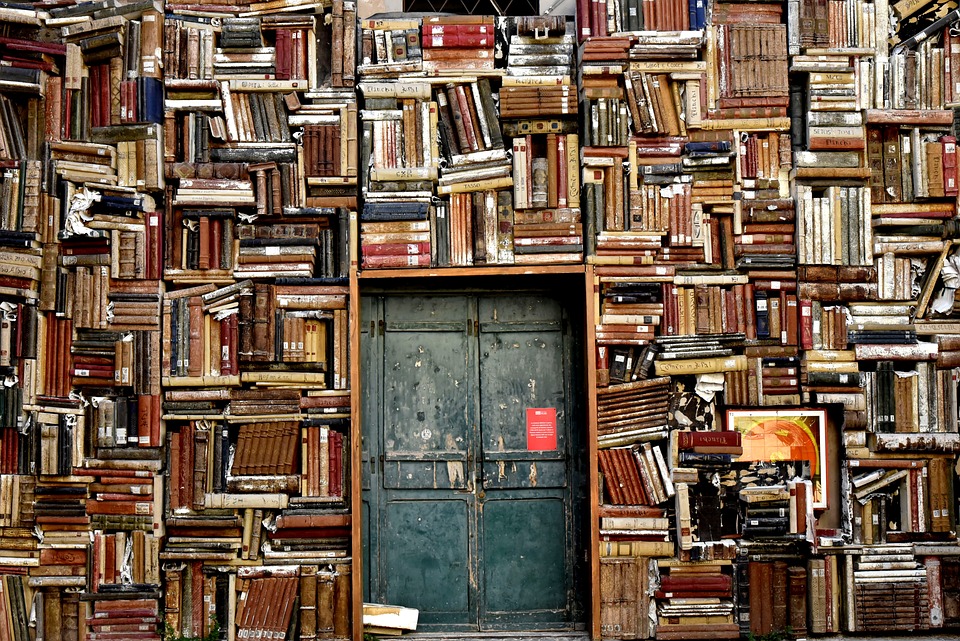Art is structured like language. It is at the same time a conscious, intentional mental activity and an irrational, unconscious form of expression. Art can imply a sense of joy and sudden liberation, and also contain a mass of intellectual and emotional reactions. Art has the power to stir emotions, the power to shock, confuse, repel, and enlighten. Language has very similar characteristics. Language is a tool we use to communicate with each other and to express our feelings and thoughts. Through the language of art we can also communicate and evoke a response within the viewer.
Does artistic meaning go beyond what can be said and thus cannot be captured in language or does form in art act as a determinant if its expressive or emotional content is beyond the reach of language?
The nature and identity of the artwork is examined. If an object is created in imagination; Is it based on the theory of linguistic expression? When we use language, it serves to communicate cognitive meaning and artistic functions to communicate emotional meaning.
In the case of deaf visual artists, is their art structured like language? Language is not only verbal but can be sign language and symbols. For the deaf, symbols and sign language give meaning and mental form on which he relies to create his art.
Ideas alone can be works of art. They are in a mental chain of evolution that may find some form. Ideas depend on language, so through language and symbols we can create art. Conceptual art is based on ideas; They are made to capture the viewer’s mind rather than his or her eyes or emotions.
The more you study this subject the more you realize that you cannot separate art from language. Art is language and language is art.
